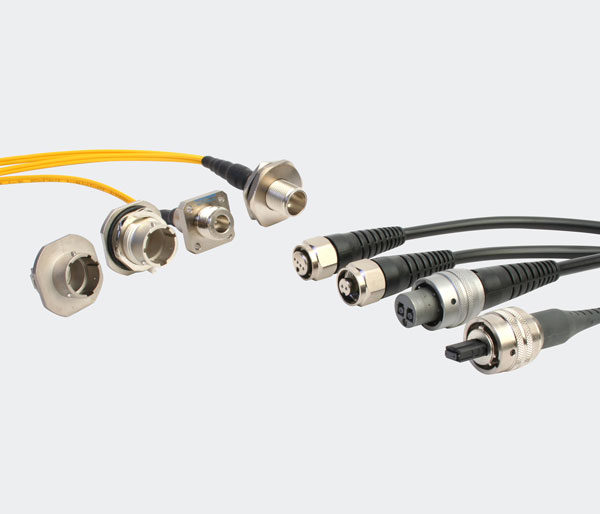Intel CEO Pat Gelsinger said that the chip shortage will not end until 2023.
Gelsinger said: “We are now in the worst period; every quarter next year, we will gradually get better, but the chip industry will not achieve a balance of supply and demand until 2023.”
This is not good news for Intel. After the PC chip business shrank by 2% last quarter, Intel’s stock price fell by more than 8%.
Endangered species: The global chip and semiconductor shortage will go on until at least 2023, according to Intel, whose i9 processor is pictured.
The shortage of chips means that fewer laptops are assembled, and customers lack the other components needed to complete the assembly of the computer. Intel is building on a large scale, spending US$20 billion on projects, including a new chip foundry in Arizona. Its goal is to become a foundry that makes chips for other chip designers.
The company expects revenue in 2022 to be 74 billion U.S. dollars ($1 billion higher than analyst estimates), and capital expenditures in 2022 will increase from 25 billion U.S. dollars to 28 billion U.S. dollars, and increase in the following years.
But on the other hand, the company’s gross profit margin and cash flow will therefore tighten in the next two to three years.
Client Computing Group (selling chips to PC manufacturers) and Non-Volatile Memory Solutions (selling chips to SK Hynix) are the only two parts of the company that have not grown.
The revenue of its data center division increased by 10%, although its $6.5 billion sales were slightly lower than analysts’ forecasts ($6.6 billion) as Chinese cloud vendors are adapting to new government regulations.
AMD is also taking up Intel’s market share.




